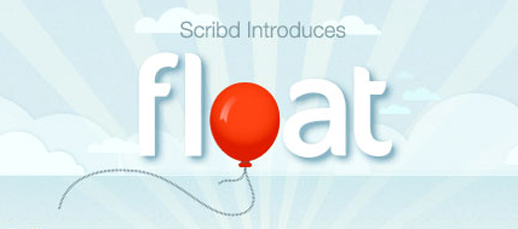“Don’t be afraid” – this was just one of many messages given by a panel of publishers at the World Editors Forum today, who shared their experiences of erecting “paywalls” or what came to be termed by the panel as “leaky walls”.
The panel featured three news outlets which have all established paid-content systems in their own ways, although the general approach appeared to be the same, leave holes in the “paywall”.
Dirk Nolde, managing editor of Berliner Morgenpost Online in Germany spoke first, outlining the site’s paid-content model which is free for print subscribers, or 4.90 euros a month. Only some content is placed behind the wall, including local news and sports, which are charged on different models, such as by day or month etc. “Make the assets paid”, he said.
The site also offers a “first-click-free”, such as via Google or social media, which works three times a day. ” We are trying to be leaky with the paywall,” he added.
The results so far is that we have 11,000 digital subscribers which includes print subscribers who can register for free. We thought it would be horrifying but we were wrong, visits went up.
According to his statistics in December 2009, the year in which the “paywall” was set up, visits stood at 2.4 million. In September 2010 this had risen to 3.3 million and last month, in September 2011 it was at 5.1 million.
It didn’t really hurt us, we were able to tell the readers and our users there’s quality behind this paywall.
But he said the site is looking to move to a more metered model.
We will give away more stuff, use a softer approach. It is about being able to accommodate users with the fact we think you should pay for content. That’s our mission.
Fellow panel member, Matus Kostolny, editor-in-chief of SME in Slovakia, discussed how they joined up to the Piano project, a group paywall used by nine news outlets in Slovakia.
The project was set up by Piano Media. I spoke to chief executive of Piano Media Tomas Bella after the panel to find out where the company is going in the near future.
Tomas Bella, Piano Media by journalismnews
The paywall was erected in May this year. On SME it costs 2.90 euros a month or 29 euros a year and, just like Berliner Morgenpost Online, is free to print subscribers. Also similarly only some content is behind “the wall”, such as opinion and political news, the wall is removed for big stories and SME is also considering a more metered wall.
But he added that is is important to remember that “behind stories are real human beings doing real jobs that are worth paying for”.
Public opinion is one of the things we want to influence and we believe it’s so important people pay for it, but if we don’t pursuade enough people then we’ll lose our inflence. We are thinking of different ways to change the structure of paid content and still think that in the end the journalism is worth to pay for and we will pursuade our readers to do it.
Revenue for the first month across all nine sites was 40,000 euros, “which was successful story for our market”, he added.
We were afraid we would lose readers but in the end we didn’t lose anybody, there is an increase of five per cent in unique viitors. We were afraid we would lose readers in locked sections but not losing them so much.
Later he added that one of the biggest lessons is not to be afraid to experiment.
The final speaker was assistant managing editor of digital content at the New York Times, Jim Roberts, who shared some interesting details on the Times’ model, which we reported on here. He told the conference the Times’ pay model is “based on number of principles”.
We try to strike a very delicate balance betwee keeping as open as possible to news junkies, but also really wanted to instill a sense of value for our loyalists who continue to consume quality journalism.
We wanted our regular users to pay. They came to our site and still do, frequently. We felt they understood the sense of value and they would want to pay for it as many of them had done for their print subscription.
Concluding the panel the speakers were asked to share their main lessons. Dirk Nolde gave three which nicely rounded off the session:
- Communication, communication, communication – you have to tell users what you are doing
- This is no supermarket. We’re not selling everything, they don’t have to pay for everything. You have to give things away to accomodate readers.
- Produce online content that’s really worthy of being paid for. That convinces readers and makes them say “wow that was good”.




